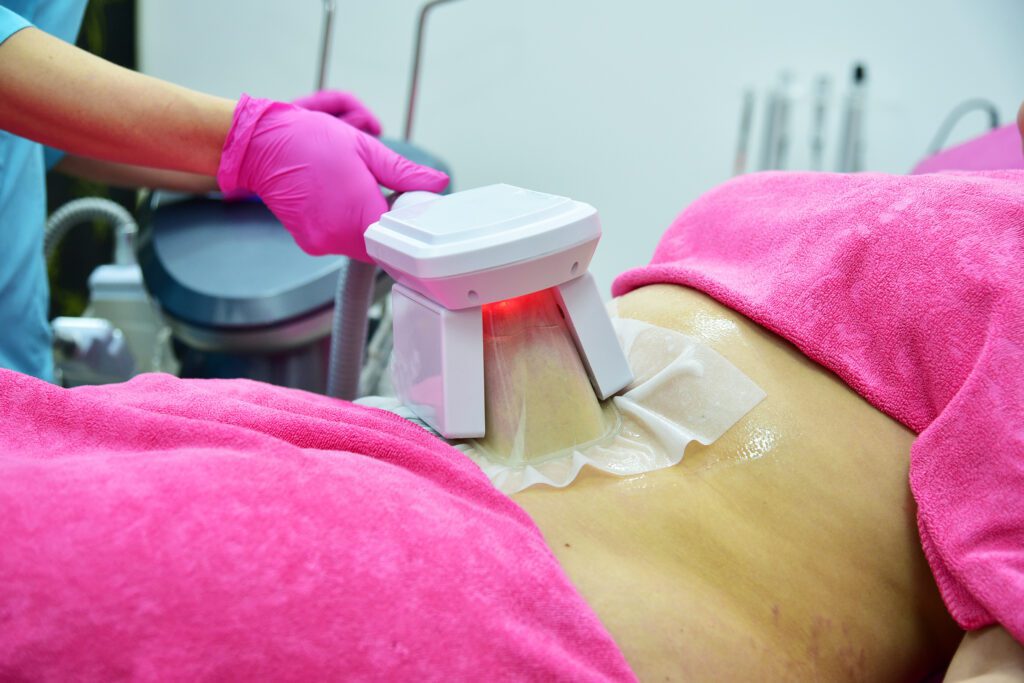In recent years, nonsurgical fat removal treatments like CoolSculpting, fat freezing (cryolipolysis), and laser lipolysis have surged in popularity. These minimally invasive procedures promise to eliminate stubborn fat without surgery, downtime, or scars. But beyond the aesthetic benefits, many people wonder: Do these treatments affect metabolism?
At MyFatFreeze.co.uk, we specialize in cutting-edge fat reduction techniques that help you achieve your ideal body shape safely and effectively. In this comprehensive guide, we’ll explore the metabolic changes that occur after nonsurgical fat removal, how your body processes fat post-treatment, and what you can do to maintain long-term results.
How Nonsurgical Fat Removal Works
Before diving into metabolic effects, it’s essential to understand how these treatments work:
1. Cryolipolysis (Fat Freezing)
-
Uses controlled cooling to target and destroy fat cells.
-
The frozen fat cells undergo apoptosis (natural cell death) and are gradually eliminated by the body’s lymphatic system.
-
Popularized by CoolSculpting, this method is FDA-approved and highly effective for reducing localized fat.
2. Laser Lipolysis (e.g., SculpSure)
-
Uses laser energy to heat and disrupt fat cells.
-
The body then flushes out the damaged fat over weeks.
3. Radiofrequency Fat Reduction (e.g., Vanquish, UltraShape)
-
Emits radiofrequency waves to break down fat cells without damaging surrounding tissue.
4. Injectable Fat Dissolvers (e.g., Kybella)
-
Uses deoxycholic acid to destroy fat cells, primarily for submental (chin) fat.
Unlike liposuction, which surgically removes fat cells, nonsurgical methods gradually reduce fat over weeks, allowing the body to metabolize and excrete lipids naturally.
Do Nonsurgical Fat Removal Treatments Affect Metabolism?
A common concern is whether eliminating fat cells through these procedures impacts metabolic rate, insulin sensitivity, or overall fat distribution. Let’s break down the science:
1. Fat Cell Reduction & Metabolic Rate
-
Fat cells (adipocytes) store energy as triglycerides. When destroyed, their contents are released and metabolized.
-
Studies show that cryolipolysis does not significantly alter resting metabolic rate (RMR) because the fat loss is localized, not systemic.
-
Unlike weight loss diets, which can slow metabolism due to calorie restriction, fat freezing does not trigger metabolic adaptation.
2. Impact on Insulin Sensitivity
-
Some research suggests that reducing visceral fat (deep abdominal fat) improves insulin sensitivity, reducing diabetes risk.
-
However, nonsurgical treatments mainly target subcutaneous fat (just beneath the skin), so metabolic benefits may be limited unless combined with diet/exercise.
3. Fat Redistribution & Long-Term Effects
-
Destroyed fat cells do not regenerate, meaning results can be permanent—if you maintain a stable weight.
-
If you gain weight post-treatment, remaining fat cells can expand, but the treated areas stay slimmer compared to untreated zones.
Key Takeaway: While nonsurgical fat removal doesn’t drastically boost metabolism, it permanently reduces fat cells in treated areas, making it easier to maintain a contoured physique.
How to Maximize Metabolic Benefits After Treatment
To enhance fat loss and metabolic health after nonsurgical fat removal, follow these expert tips:
1. Stay Hydrated
-
Water supports lymphatic drainage, helping your body flush out dead fat cells faster.
2. Exercise Regularly
-
Cardio & strength training can boost metabolism and prevent new fat accumulation.
-
Studies show that HIIT workouts enhance post-treatment fat loss.
3. Eat a Balanced, Protein-Rich Diet
-
Protein helps maintain muscle mass, which keeps metabolism active.
-
Avoid excessive sugar and processed foods to prevent fat regain.
4. Consider Combining Treatments
-
For optimal results, some clinics recommend multiple sessions or combining fat freezing with RF treatments.
5. Manage Stress & Sleep Well
-
High cortisol levels (stress hormone) can lead to fat storage, especially in the abdomen.
Debunking Myths About Nonsurgical Fat Removal & Metabolism
❌ Myth 1: Fat Freezing Slows Metabolism
✅ Fact: Since fat cells are gradually eliminated (not instantly removed), the body adjusts naturally without metabolic slowdown.
❌ Myth 2: Fat Comes Back in Other Areas
✅ Fact: Fat cells destroyed by cryolipolysis do not return, but weight gain can affect untreated areas.
❌ Myth 3: These Treatments Replace Diet & Exercise
✅ Fact: While they reduce fat cells, a healthy lifestyle is crucial for lasting results.
Why Choose MyFatFreeze.co.uk for Your Fat Reduction Journey?
At MyFatFreeze.co.uk, we offer state-of-the-art cryolipolysis treatments with proven results. Here’s why we stand out:
✔ FDA-Approved Technology – Safe, effective, and noninvasive.
✔ Personalized Treatment Plans – Tailored to your body goals.
✔ Experienced Practitioners – Ensuring optimal fat reduction with minimal discomfort.
✔ Competitive Pricing & Financing Options – Making body contouring accessible.
Book a consultation today and take the first step toward a slimmer, more confident you!
Final Thoughts
Nonsurgical fat removal is a game-changer for those struggling with stubborn fat. While it doesn’t dramatically alter metabolism, it permanently reduces fat cells, making weight management easier.
For long-term success, pair your treatment with a healthy diet, exercise, and lifestyle habits. And if you’re ready to transform your body without surgery, MyFatFreeze.co.uk is your trusted partner in fat reduction.
Ready to freeze away your fat? Contact us today!

